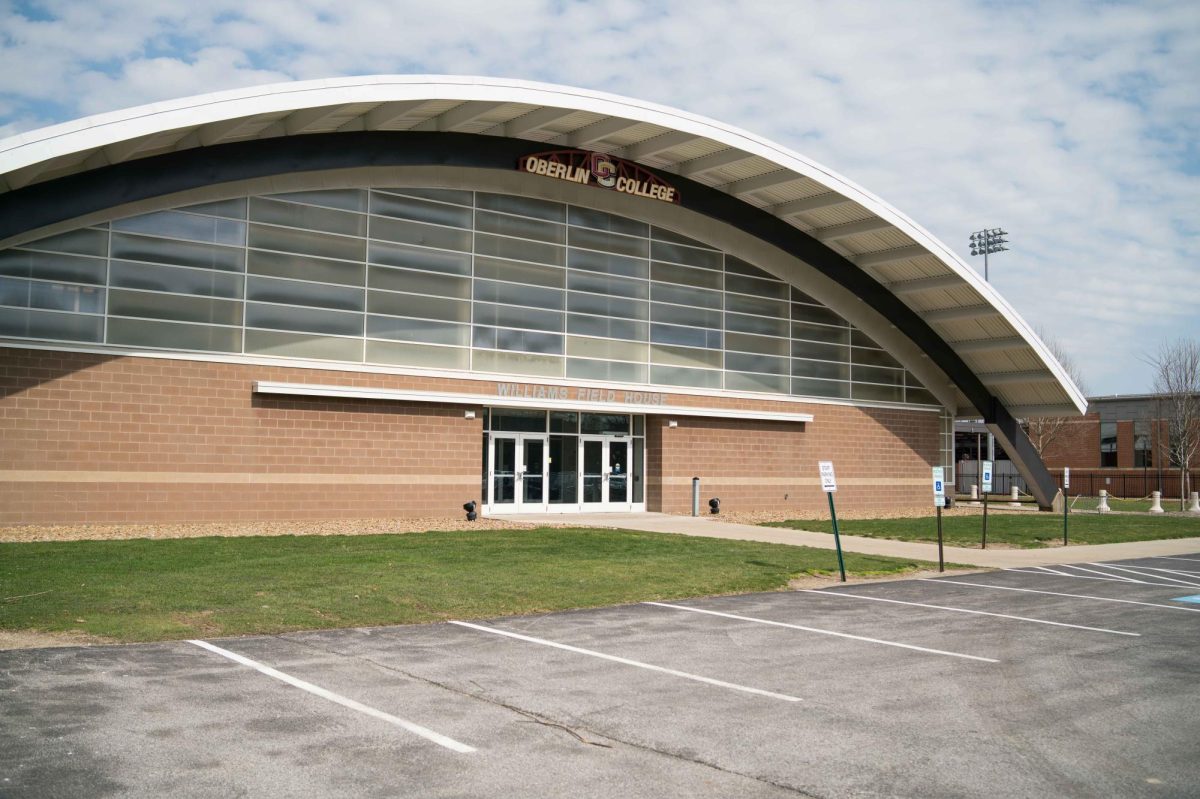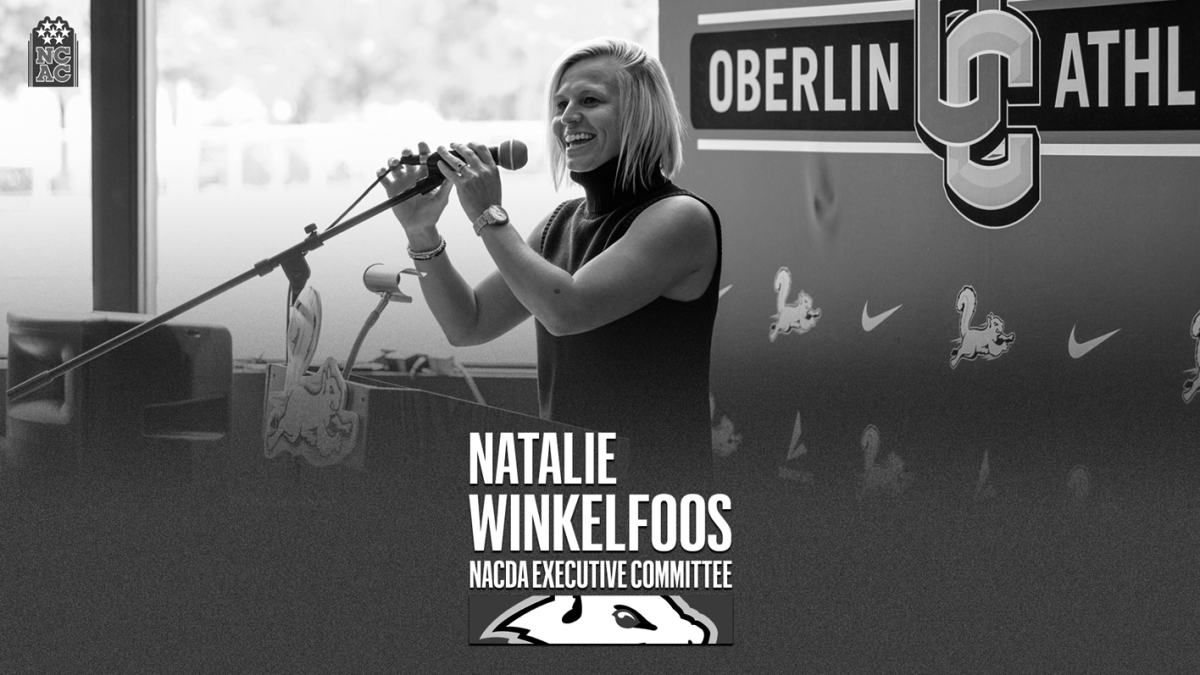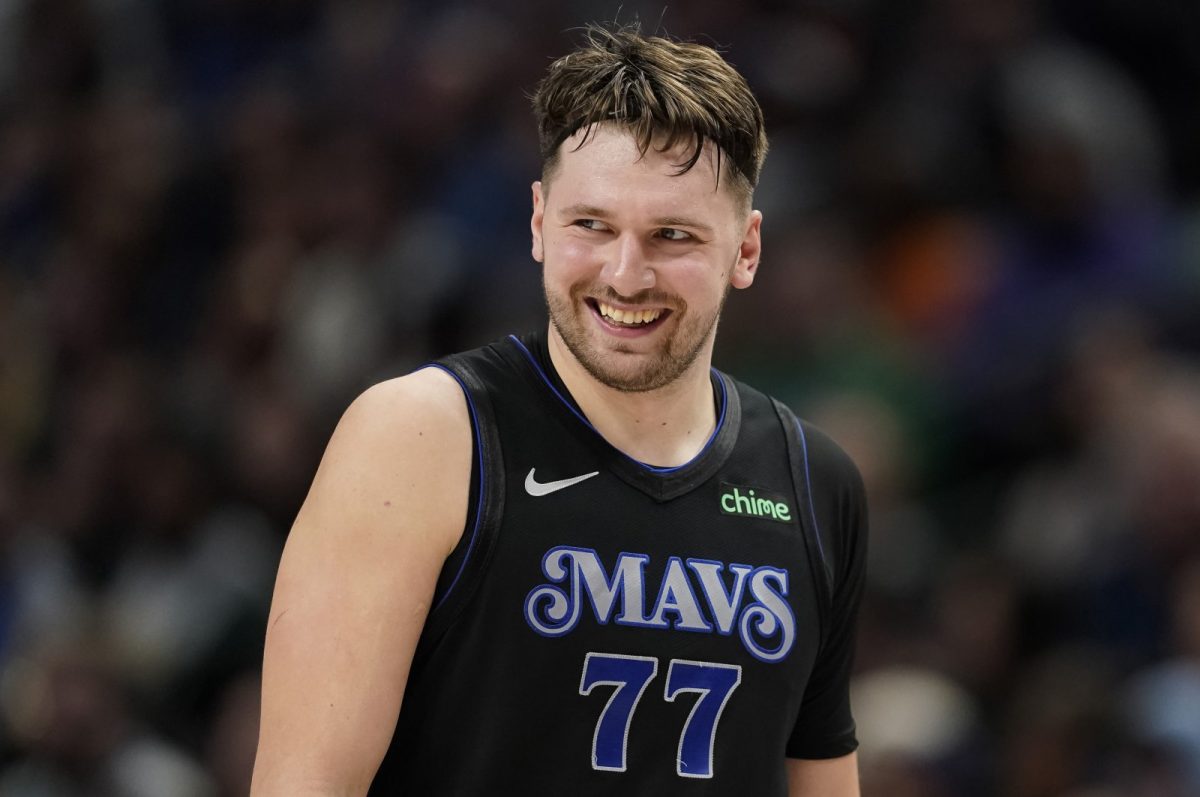Any athlete or fan knows this moment: a player falls to the ground, clutching his leg. The whistle blows, and the game freezes. An athletic trainer or coach rushes out to the injured athlete while other players take a knee. For a minute or so the crowd is silent and watches. Then, the player rises to his feet and limps off to the bench while the crowd applauds. The players stand, the whistle blows, and the game resumes.
For many in the stands, this is all they know of injury. However, there is much more than what can be seen in competition. For many athletes, the recovery from injury is an arduous process that puts their dedication and discipline to the test.
Ella Wozek is a second-year on the women’s cross country and track and field teams. When she entered Oberlin, Wozek had lingering shin injuries from high school. She attributes these in part to poor coaching.
“We didn’t warm up at all,” Wozek said. “We would just start running. Recovery was not prioritized. … I did some stuff on my own, but not nearly enough to prevent injuries.”
When Wozek joined the cross country team, the coaches gave her low-impact training to allow her shins to recover. While the rest of the team ran workouts on North Fields, Wozek trained in the pool or on a stationary bike. Especially as a first-year, Wozek found it an isolating experience.
“I was genuinely contemplating being on the team at all,” Wozek said. “I was like, ‘What’s the point? I don’t feel happy here. I’m just biking in a room alone.’”
Despite the lonely hours on the bike, Wozek believes the time off from running was necessary.
“My body truly needed that much time to not only recover, but [to] build back strength to then start doing harder efforts,” Wozek said.
Wozek also found that recovering from injury required mental and emotional work.
“I kind of forgot how to compete,” she said. “I [had to] relearn how to love to run and relearn how to love myself.”
Although she competed only three times last year, Wozek has been racing much more consistently as of late. Most recently, she placed sixth in the 800 meters at the NCAC Indoor Track and Field Championships.
“I have spent the entire last two months injury-free,” she said. “I’ve been running really well.”
Wozek also noted that female athletes face unique injury risks. Especially among distance runners, some girls and women restrict their diets to chase the thin body type seen as ideal. Such eating can lead to nutritional deficiencies and injury.
“There was a lot of information that I simply didn’t have access to as a high schooler pertaining to the importance of nutrition,” Wozek said. “I didn’t eat enough to support my … energy intake versus output.”
At Oberlin, Wozek has adopted a healthier attitude.
“I eat what I want to eat, what I need to eat,” she said. “It seems to be working out fine.”
While all injuries hinder athletic performance, some also interfere with academics and life outside of the sport. Particularly in contact sports, student-athletes risk suffering brain injuries such as concussions. Cole Fuller, a third-year on the men’s soccer and track and field teams, has sustained three concussions in his life, two of which occurred during his time at Oberlin.
Fuller described his third concussion, which happened in a game against the University of Notre Dame last fall. An opposing center back kicked the ball hard, intending it for a target far down field. Instead, it struck Fuller, only a few yards away.
“[The] ball just smacked me on the side of the face,” Fuller said. “I fell down on the ground [and] blacked out for a few seconds.”
He said that the ball struck his face so hard that the ball’s pattern was visible on his skin. The effects of Fuller’s concussion lingered for a full month. Although the game happened just before fall break, Fuller had not recovered by the time he returned to the classroom.
“The first two or three weeks after fall break, it was still really hard to see in the light,” Fuller said. “It was hard to remember things and write down notes and stay focused.”
Fuller said that his coaches and teammates did not take his injury seriously.
“They thought I was faking it for the most part, and [that] I was just trying to get out of practice,” he said. “Most of them never had concussions, so they don’t know how to deal with it. I did feel pressure to get back into playing.”
Fuller noted that his symptoms were more severe following his latest concussion than with prior ones. It is an observation that is consistent with the medical consensus on concussions that individuals who sustain one concussion are at greater risk for future ones, according to the Cleveland Clinic.
Fuller wonders about the long-term effects of his concussions.
“Sometimes I’m curious if I’ll ever be able to have as good of a memory as I used to,” he said.
While the risk of injury can never be eliminated, athletes can take several steps to keep themselves healthy. Oberlin supports a Sports Medicine Center that contains the tools and personnel to help athletes treat and prevent injury. With these resources, Oberlin athletes might be able to avoid the heartbreaking moments seen in competition.










